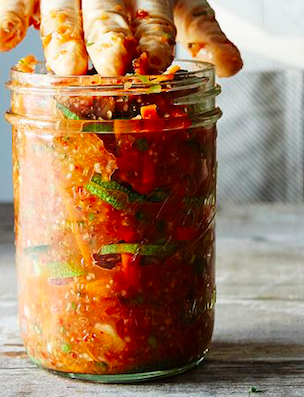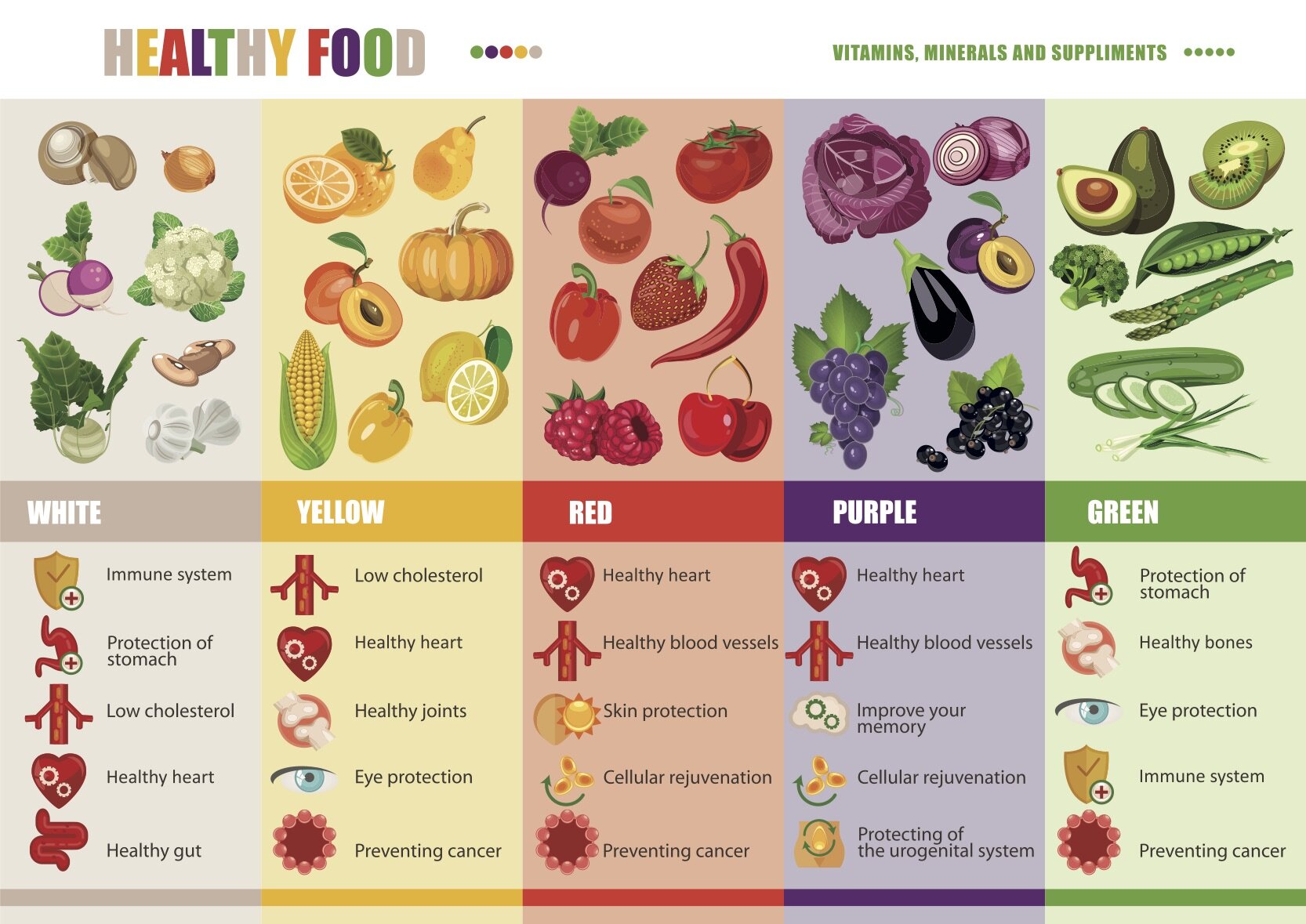I know, I know, it’s a stretch, for anyone acquainted with authentic menudo, to believe it can be made vegetarian. For those of you standing in disbelief—disregard the title of this post and let’s just call this a caldo de verduras. For those of you, like me, that have been witness to the wonders of menudo the morning after a long night of New Year’s Eve partying…but just happen to have made the choice to stick to a vegetarian diet, try this nourishing soup and call it what you want! A special thank you to my Tia Carolina and her audacious friend that invented a recipe and called it veggie menudo. Prior to her sharing it, I, too, thought it impossible. I’d always just stuck to veggie pozole. They aren’t that different, given the absence of meats that differentiate the traditional versions. To fulfill my own crazy need for categories, I’m reserving the cabbage and radish toppings for my veggie pozole. So, here is my version of veggie menudo, using this week’s in-season veggies. If you’d rather make the “real thing”, here’s a recipe for you.
Ingredients:
For the soup—
1 large onion, chopped
8 cloves garlic, chopped
1 handful celery tops
2 big handfuls dried shitake mushrooms (we buy these at our local Vietnamese grocery store)
2 tbs dried oregano
1 tsp lemon pepper
1 tsp dried chile flakes (optional)
6 small carrots or 3 large ones, sliced
1/2 head of Napa cabbage, sliced
1 cup spinach, sliced
6 cups hominy OR 1 large yucca root, peeled and sliced into 1/2-inch slices (yes, I know this isn’t traditional but it saved me a trip to the grocery store and it did the trick!)
radish microgreens
lemon
tortillas de maíz
For the sauce— (mind you, this step is optional, if you’re ok with less work and a lighter broth or just spicing it up with chile flakes. Yes, I used chiltepin! On the other hand, if you want to go for it, you can make lots and then use the leftover sauce to make enchiladas another day)
6 guajillo (dried) peppers
1 tsp cumin
1 cup broth (from your menudo pot)
3 cloves garlic
Instructions:
Set aside a little bit of onion for garnish and sauté the rest of the onion in a pan with a little olive oil until translucent and a tiny bit browned.
Add the garlic and celery leaves and dried mushrooms with a little more olive oil and sauté for another minute
In a pot, add about 10 cups water along with the sautéed onions, garlic and celery leaves, 4 cubes veggie broth (this time, I used two “Not Beef” cubes, one “Not Chicken” and one “Garden Veggie” cube from Edward & Sons), oregano, lemon pepper and optional chile.
Once it’s boiling, add your veggies and the cooked hominy or yucca root.
If you’re going for the sauce, too, here’s what to do:
Toast the guajillo peppers in a pan
Break or slice the peppers and soak them in a bowl with broth from the soup until soft (maybe 10 minutes). Press them down into the broth so they soak thoroughly and put a lid on the bowl to keep the heat in and speed up the process.
Then blend them in the blender along with the broth, cumin and garlic.
Serve your menudo topped with radish microgreens, a squeeze of lemon, sauce to taste and a warm tortilla on the side.




